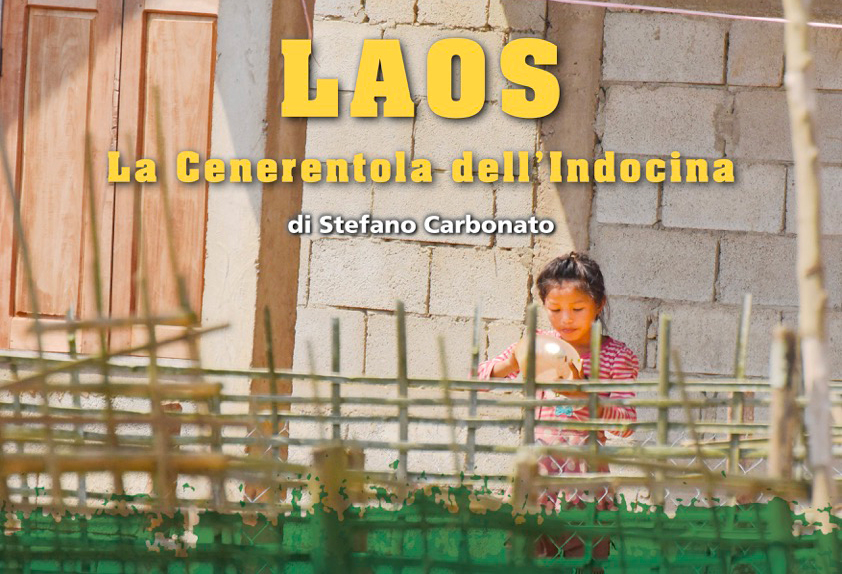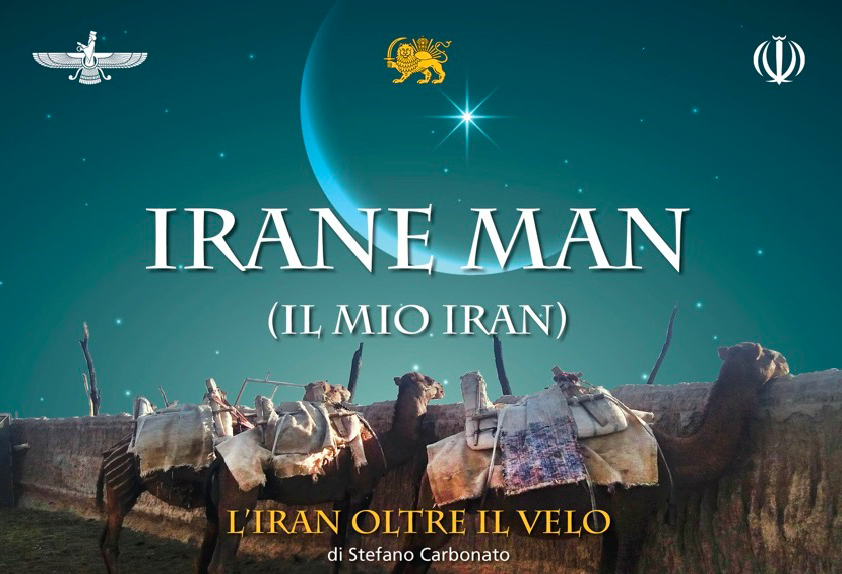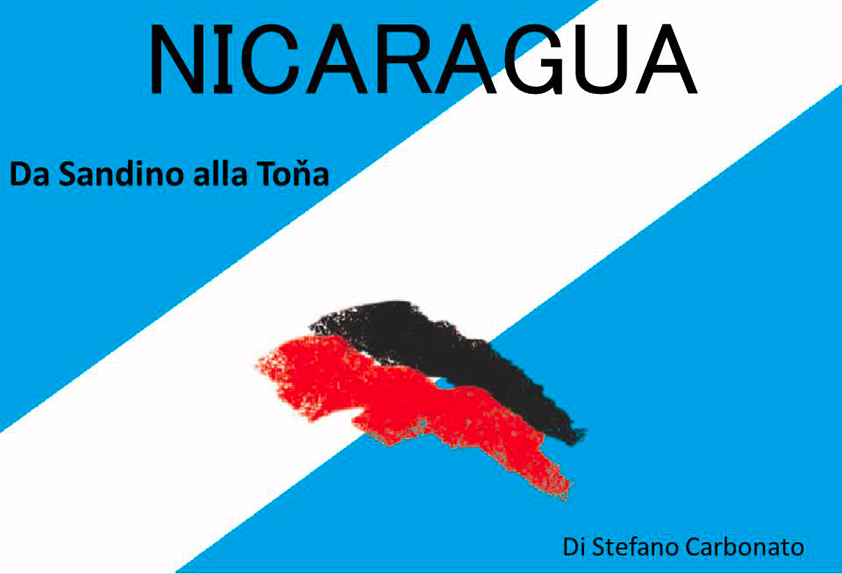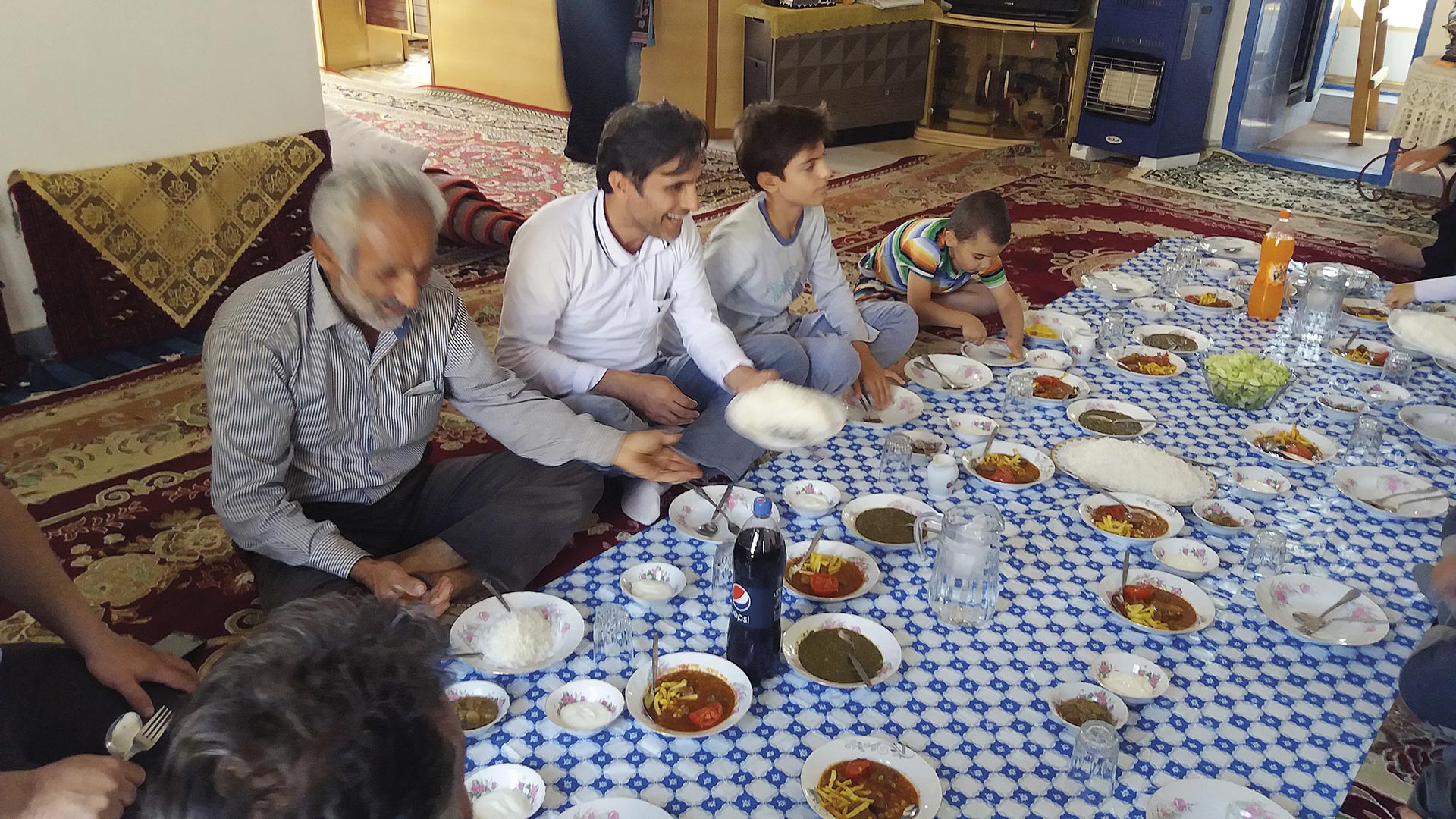
Fragments of worlds
Wordls away
Worlds don’t belong to us
Worlds we want to ignore
Worlds to discover
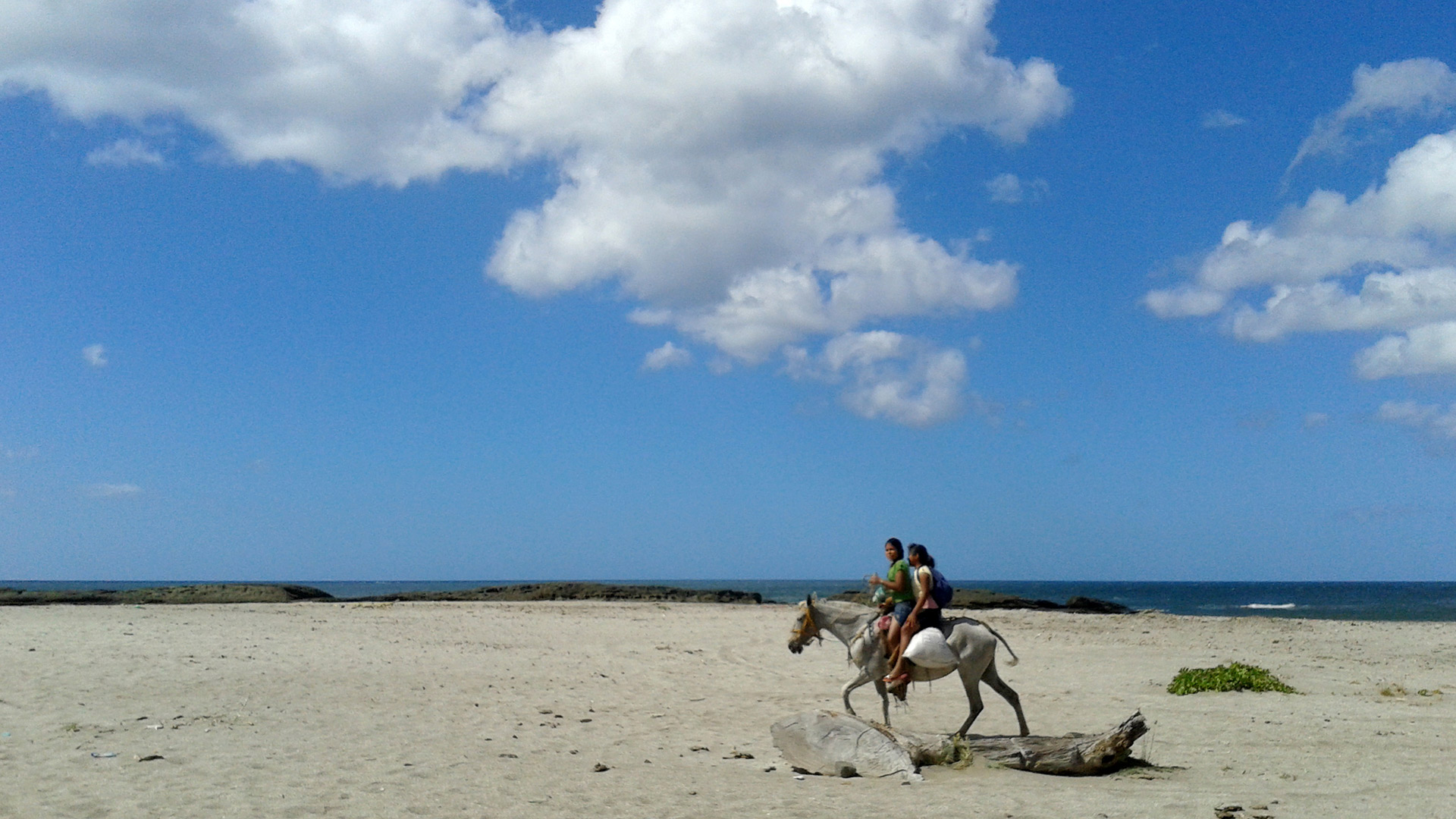
Fragments of worlds
Wordls away
Worlds don’t belong to us
Worlds we want to ignore
Worlds to discover
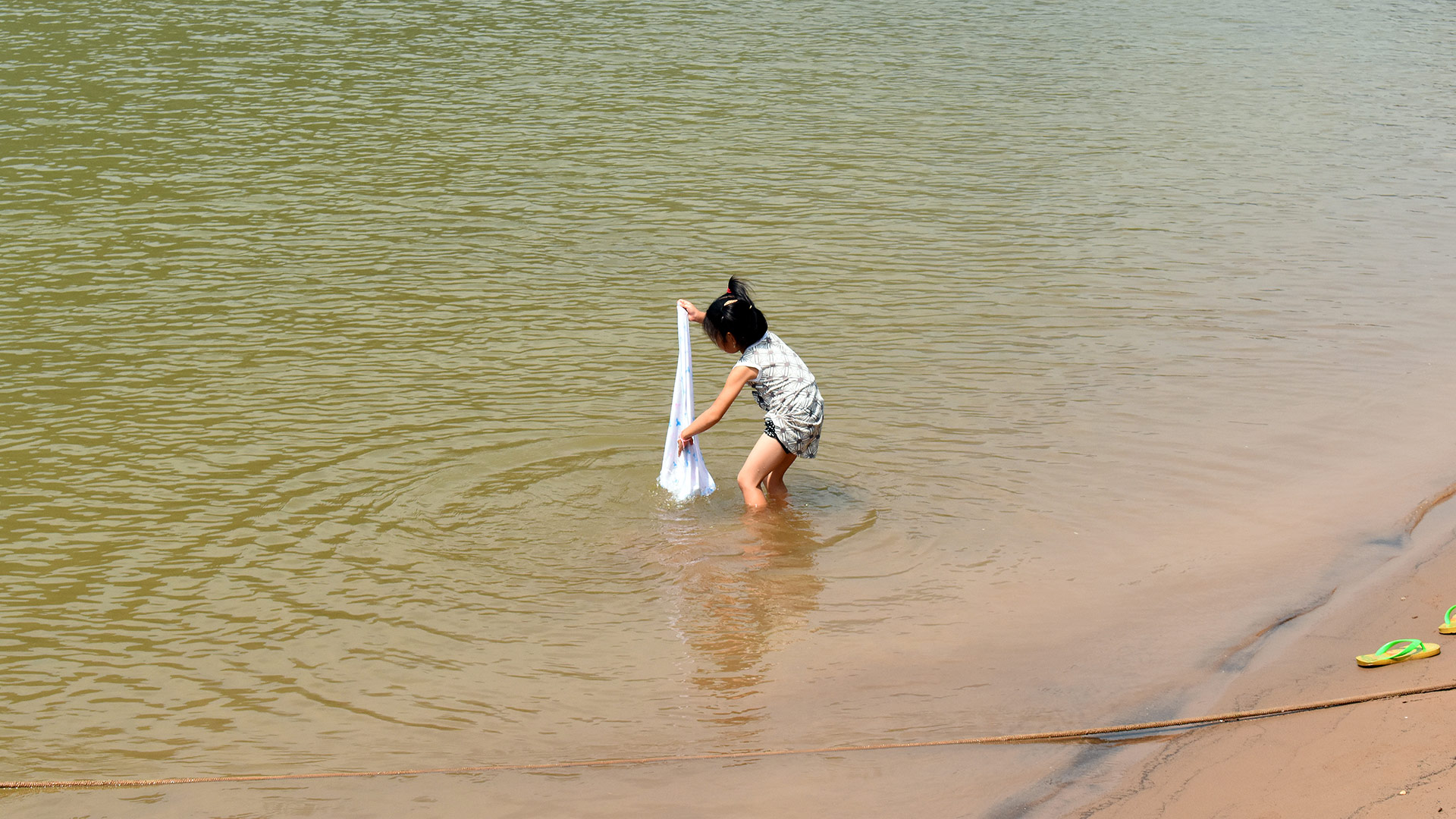
Fragments of worlds
Wordls away
Worlds don’t belong to us
Worlds we want to ignore
Worlds to discover
FRAGMENTS OF WORLDS
Over time travellng has become for me above all an instrument of knowledge.
Each country is a world in itself, so each travel begins months before leaving with preparation and study, and continues after returning home, with in-depth studies.
I chose to share the fruit of my travel experiences and insights, by organizing meeting and building this site, to tell fragments of these worlds, following paths traced by my travel photos.
Therefore, not a story of my travels, but an overview of the countries I have visited from different points of view:historical,geographical, cultural…. A subjective and not exhaustive vision, as result of my personal travel experience.
So, only Fragments….Fragments of worlds.
Hoping to contribute to improve knowledge of these away worlds often little known and sometimes felt hostile, in the belief that knowledge is the first step towards promoting understanding and peoples peaceful coexistence.
MY FRAGMENTS OF WORLDS
“Fragments of worlds” are my focus about some countries I’ve visited, as results of my travel experience; each fragment is dedicated to a specific country and provides an insight into historical, geographical, cultural and many other points of views.
TRAVEL TIPS
My answers to Hamletic doubts
I happened to travel both in company and alone. Having a close-knit travel companion allows you to share the places you see and the things that happen during and after your trip, and this is for me the best thing about traveling with another person. There are also undoubted practical advantages: he will help you if you need, you can divide the expenses etc … and, finally, you can enjoy the excellent company of the other.
However, I have learned that traveling alone also has positive aspects and, personally, I don’t see it as a fallback. And like me many others, since during my travels I always meet many travelers alone, both male and female
Traveling alone requires greater determination, awareness and motivation. Personally, if I get on a plane alone it is not just for having a few weeks of vacation, but because I have a strong interest in knowing the place I have chosen to visit and the people who live there. But it is also a journey into myself searching harmony with what surrounds me.
I happened to leave alone in peace with myself or in difficult moments of my life; in the second case it was certainly more difficult because if you are not comfortable with yourself, the moments of solitude can be very hard.
In this case, however, the journey alone becomes therapeutic, beacuse you can seek and find harmony with yourself during the journey. Before leaving alone I always tell myself: it is not important how I leave, but how I get back. And I must say that I have always come back more energized and happy then how I leaved.
Traveling alone allows me to focus more what I’m doing and better admire what I’m seeing. Differently the relationship with the other person will often lead you to distract yourself, to talk about people or things that belong to your daily life, but that have nothing to do with what you are doing at that moment. Alone, I notice details that otherwise I probably would not see, I take photos that perhaps I would not, but above all I connect with the place where I am and I admire and let myself be moved by what I see or do. All this gives me a feeling of well-being and peace.
This not only visiting monuments and tourist attractions, but in many moments of the daily journey life: from long journeys on local transports to meals eaten alone. I know that many people feel ashamed in restaurants for eating alone. They fear that others will think, look at that unlucky who has no one. I like to eat alone and I do not feel unlucky: I can relax with satisfaction, perhaps after a tiring day, and savor carefully my dinner that, I will no longer be able to eat once at home
Finally, traveling alone makes you more susceptible to meeting other travelers and locals, which is certainly one of the added values of a travel.
In conclusion, the advice I can give is this: if you desire to visit a country and its people, get on a plane and go. It doesn’t matter if alone or in company; in any case your journey will enrich you.
Every time I get ready to leave, the same question always haunts me: backpack or trolley?
The topic is much debated on the web and, surfing the web, I found a preference for the backpack, although the trolley is undoubtedly more comfortable for storing clothes and objects inside and for quickly pulling out what you need without taking out everything. that’s on top of it!
So mine is a lone voice. In my opinion indeed the correct choice depends on the destination; as far as my experience, I begun traveling with backpack and then almost always switch to the trolley.
Surely the idea of the backpacker traveler is charming, but beyond the backpack as a status symbol, let’s see in the concrete the motivations of the pro backpack: in short, a better comfort when traveling: on bumpy roads, in crowded buses and on the stairs . Plus more freedom because you have your hands free to consult maps, smartphones and even to take pictures.
I fully agree only on the first point (better the backpack if you often have to walk on bumpy or dirty roads ). But I don’t agree so much with the other topics.
if you are on a crowded bus, you will have to take off your backpack by placing it on the ground between your legs to make room for others too; the trolley is already there;
Regaring the stairs, on the escalators the trolley is better: I put it next to me or a step behind without any effort, while you keep the backpack on your shoulders. On normal stairs I use a technique: if the trolley is heavy or the staircase is very steep, I move the trolley one step and then I move myself without weights. In extreme cases I can stop for a moment and rest, without keeping my backpack on my shoulders during the break.
But in my opinion this is the great advantage of the trolley: during any downtime in which you are stationary, you have no weight on your shoulders: at the traffic light, while you ask for information, you drink, you rest … .
It is true that you can always take off your backpack and put it on the ground: but how much effort have to do each time to pull it up and put it back on your shoulders? In fact several time I see travelers stationary even for a long time who continued to keep their backpack on their shoulders.
As for the greater freedom of the backpack in having your hands free, I wonder: who is it that takes pictures while walking? And why on vacation should I look at my map or smartphone on the way without stopping for a moment? With the trolley every time you stop to take a photo or for looking at your map, you will have no weights; your backpack instead will always be on your shoulders.
Also the trolley obviously has its limits; if you hike the mountains, backpack for sure; but if your journeys with luggage are mostly from the train station to your guesthouse, then you need to consider the place where you are going: carrying a trolley for long distances on dirt roads or roads full of holes can be very uncomfortable; the same, if you transport a trolley on a dusty road or full of puddles or mud or still full of animal excrement you will dirty your poor trolley which you will then take to your room.
This is why I argue that the choice depends on the destination; personally, since I began to evaluate the trolley option as an alternative to the backpack, I always chose the trolley, except in India, where indeed the presence of excrements and dirt on the roads has led me wisely to opt for the more romantic backpack. In other countries, however, such as Thailand, Nicaragua, Iran, Laos Vietnam and Georgia, I have always chose the trolley and, in hindsight, I did well.
A self-managed journey certainly begins long before leaving, with travel planning. And this already allows immerse yourself in the atmosphere of the trip.
A good guidebook and the web will be very useful.
Before arrange the itinerary, I recommend that you consult the government sites that provide important information about the country you want to visit like documents required (e.g. visa, passport), security, health status and any areas to be to avoid.
Also useful is consulting the international travel vaccine office to properly evaluate prophylaxis or vaccines.
At this point you can begin to plan your travel itinerary.
There are people who leave without planning anything, may be reading the guide just on the plane. I tried to do it too. However, I realized that if once in my life I go to a country and I already know that I won’t have enough time to visit everything, I prefer to plan a draft of the itinerary in advance in order to optimize travel and select the places I’d like to visit.
For me it is not necessary plan to visit every highlight indicated by the guidebook, with the risk of spend a lot of time in the movements, making hit and run in every place.
In fact, the value I give to my trip is not measured by how many tourist sites I visit, but by how much I can immerse myself in the atmosphere of the country; and usually this happen especially in the less touristic areas.
For this reason, I usually plan a rather compact itinerary and, as far as possible, without endless journeys from one side of the country to the other, making hit and run.
I evaluate the feasibility and timing of a move in advance by consulting the guidebook and the web, being careful not to be fooled by the proximity of the places on the map; indeed, depending on the territory orography and the roads conditions even short distances on paper can be very long.
Usually I plan to stay 3 nights in each place, in order to have time to settle in, visit the place and its surroundings.
Then I always plan to visit at least one non-touristic town, that means one of those that are not mentioned by the guidebooks. There everything becomes more difficult because there are no tourists and often hardly anyone speaks English. But it is especially in such places that I can immerse in with the most genuine reality of the country. In restaurants you can’t find the menu in english, at breakfast finding a coffee can become a challenge and probably the music you hear is not the same you hear at home.
Once the draft itinerary has been planned, I usually book online only the first nights.
Then I book the other accommodations, whether in a hotel, hostel or guesthouse, the day before the check in or, if I realize that there are no overbooking problems and the accommodation facilities are concentrated in a small area, I choose them directly on site.
This gives me the freedom to vary the planned itinerary as I want, for example stopping in a town one day more or less or to be able to better manage the unexpected.
Anyway, no matter how detailed you have planned your trip, you must be aware that the perfect journey does not exist: you will always find on your way places and things that will fascinate you and others that will disappoint you. But nothing will be thrown away and everything is part of the game; because in my opinion you don’t travel to see beautiful things, but to see things and learn about them.


